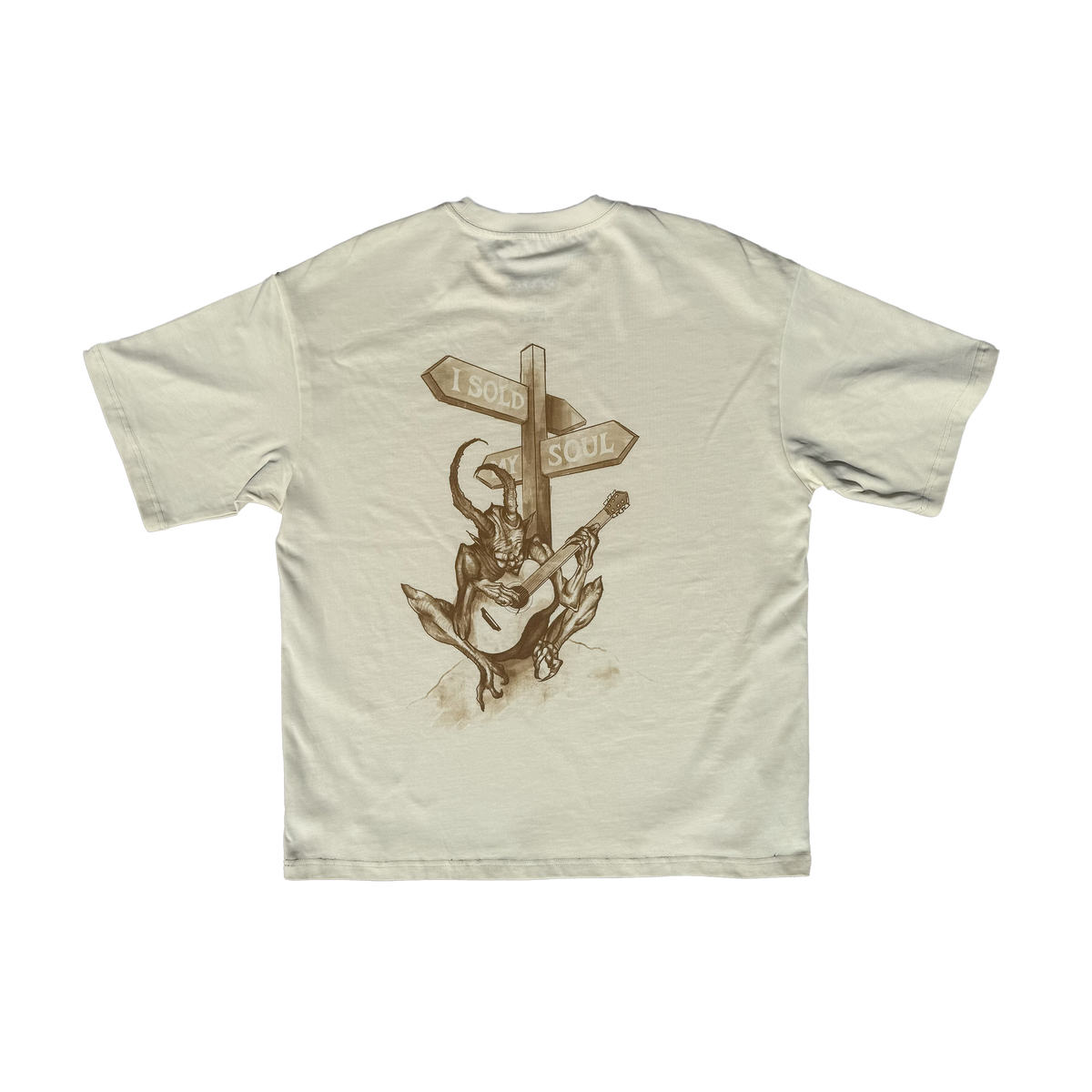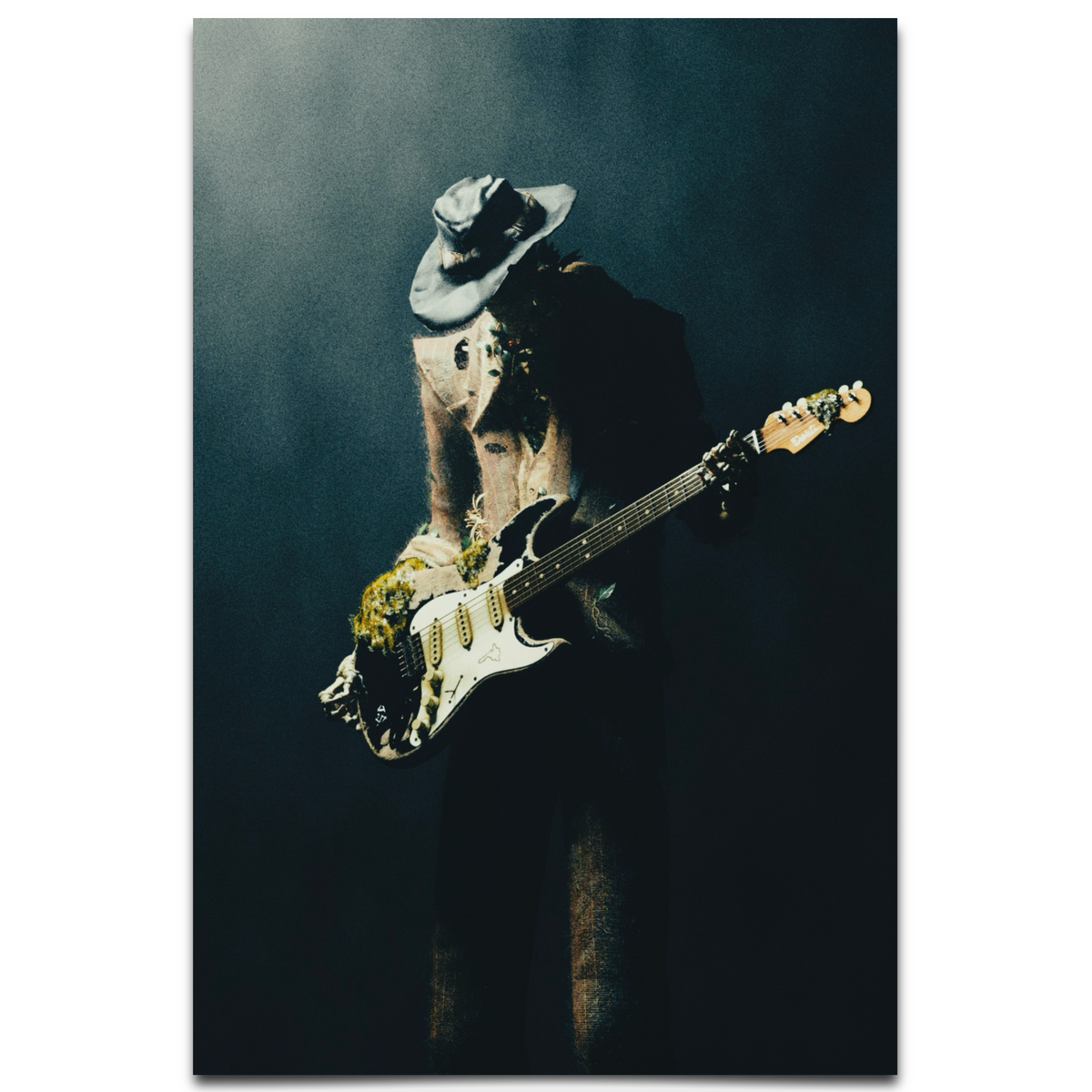If you’re diving into the world of music recording, you’ve likely come across two common methods for capturing guitar or bass sounds: DI recording and miking an amp. Both approaches have their place in the studio and live settings, but they differ significantly in process, sound, and application. Let’s break down the differences to help you understand which might work best for your needs.
DI Recording: Direct and Clean
DI, or "direct injection," involves plugging your instrument straight into an audio interface or mixer using a DI box. This method captures the raw, unprocessed signal from your guitar or bass without any amplification or speaker coloration. Essentially, you’re recording the pure output of the instrument itself. DI recording is popular in studios because it’s clean, quiet (no amp noise), and highly flexible—you can use digital amp simulators or plugins during mixing to shape the tone later. It’s also common for bass guitarists, as it preserves the instrument’s natural low-end frequencies. However, the downside is that DI tracks can sound sterile or lifeless without additional processing, as they lack the warmth and character an amp provides.
Miking an Amp: Warmth and Character
Miking an amp, on the other hand, means recording the sound produced by an amplifier through a microphone placed in front of the speaker. This method captures the full tone of the amp, including its unique distortion, EQ, and the way the speaker interacts with the room. It’s often used for electric guitars to get that classic, gritty “amp sound” that’s hard to replicate digitally. The placement of the mic (close to the cone, off-axis, or even in the room) can drastically change the tone, giving you creative control. The trade-off? It’s noisier, requires more gear (amp, mic, cables), and can be trickier to set up, especially in smaller spaces where room acoustics might interfere.
Key Differences and When to Use Each
The core difference lies in the signal path: DI is direct and uncolored, while miking captures the amp’s personality and environment. If you’re after convenience, silence, or flexibility for post-production, DI recording is ideal—think home studios or modern productions with virtual amps. If you’re chasing an authentic, organic tone or recording a specific amp’s signature sound, miking is the way to go, especially for rock, blues, or vintage vibes. Many engineers even combine both methods, recording a DI track alongside a miked amp to blend or re-amp later.
Ultimately, the choice depends on your gear, environment, and creative goals. Experimenting with both can open up a world of sonic possibilities, so don’t be afraid to test them out on your next project!
























